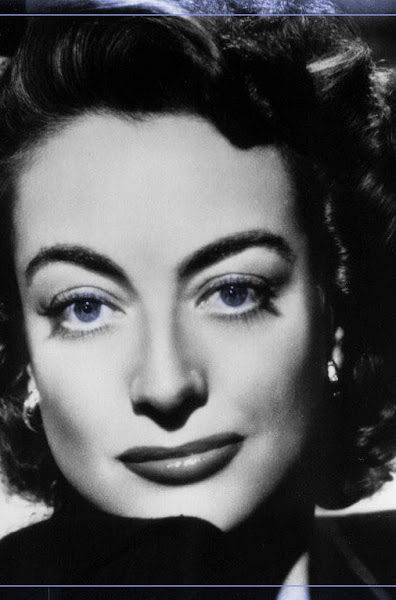 *** ½ out of ****
*** ½ out of ****
“Wendy and Lucy” is perhaps the most interesting experiment on film of late—it presents the moving story of a young woman’s misfortunes through the camera (whereas most other films tend to rely on dialogue). The film’s visual minimalism can be seen through the meticulous direction of Kelly Reichardt, who uses deliberate shots that narrate everything viewers need to know about a scene without insulting their intelligence. Furthermore, some of the shots are created with the same skill as the “greats”—for example, the opening tracking shot of Wendy walking and playing fetch with Lucy is choreographed so well that I instantly compared its effect to the work of Welles. In this way, “Wendy and Lucy” is a strong film in terms of its visuals and, furthermore, because of the quiet sociological study it makes through the tragic, haunting story it has to tell.
Wendy Carroll (Michelle Williams) lives a nomadic existence on her way from Indiana to Alaska, where she hopes to restart her life with a potentially satisfying, lucrative job. The film centers only on the time she spends in the Oregon portion of the trip, where everything hits the fan. Having been carefully rationing out her limited supply of money in order to make the trip run successfully, Wendy sleeps in her car nightly, freshens herself in a gas station bathroom, and spends as little money as possible to eat. However, after spending the night in the wrong Walgreens parking lot, the security guard compulsively dedicated to his lot wakes her early the next morning and forces her to leave the premises, but her car is dead. Furthermore, the mechanic is out for the day and Lucy, her ever-faithful dog, is hungry. Because she is nearly broke, Wendy carefully shoplifts the food she needs from the grocery store but is caught on her way out and subsequently spends the afternoon in jail. When she is released, she returns to the store to find that Lucy is missing, so she spends the next several days searching for her companion. With the obstacles continuing to stack up against her, Wendy must recover her belongings so that she can go on—so that she can survive.
I do not think I could have imagined this film without Michelle Williams. Having proven herself with her role in “Brokeback Mountain,” she continues to establish her talents in “Wendy and Lucy.” The curious thing is that the film reveals barely anything about her character’s life or past, but this is not important. Through the way Williams quietly, but powerfully becomes Wendy, viewers share in and actually comprehend her miserable existence.
Curiously, although some critics might stress the plot device of her Alaskan goal, I think it is, by all means, a “MacGuffin.” Wendy is going somewhere, but the goal actually does not matter—the whole film is an allegory for escape to somewhere, anywhere. Wendy’s trip is motivated by a need to escape, and as the obstacles mount against her in Oregon, Wendy becomes more and more suffocated by entrapment. After all, she cannot go anywhere without her car or best friend.
Besides this allegory of escape, the film also stresses humanism, quietly opining on loving others that need our help. This, in turn, challenges moral definitions of right and wrong. Is it right or wrong that Andy the grocery store clerk has to be a hero, “making an example” of Wendy because she did the “wrong thing” in order to survive? Is it right or wrong that the security guard impulsively offers what he can to Wendy because he sees a poor soul? The answers are up to the viewers.
Deliberately paced, “Wendy and Lucy” might come off boring to some, but the eighty-minute runtime should keep audiences satisfied. In any case, the visual power and narrative resonance of the film should be enough to keep “Wendy and Lucy” worthwhile.
“Wendy and Lucy” is currently playing at the Belcourt Theatre.
Originally published in the February 18 issue of Versus Magazine: Entertainment & Culture
February 18, 2009
Wendy & Lucy
Subscribe to:
Post Comments (Atom)

.jpg)

.jpg)
.jpg)

No comments:
Post a Comment